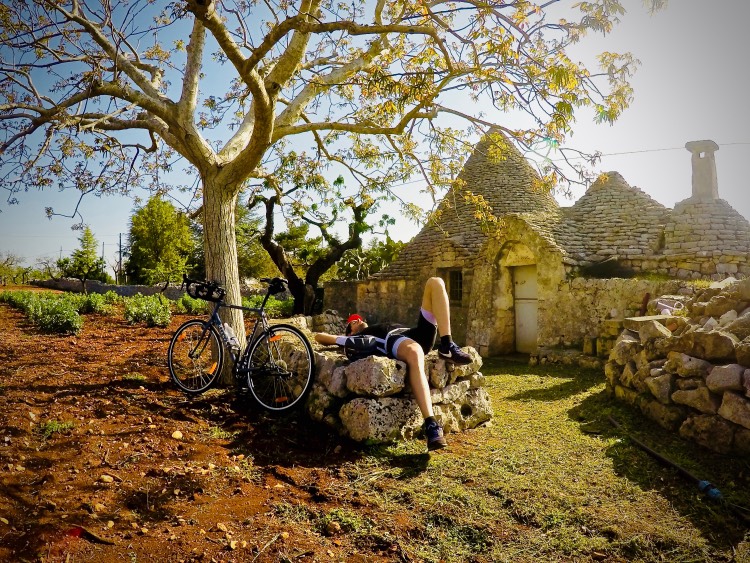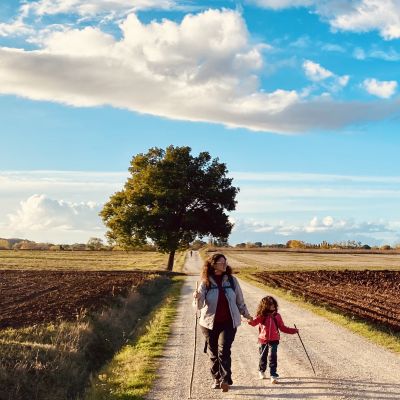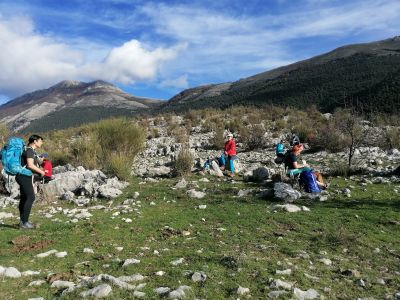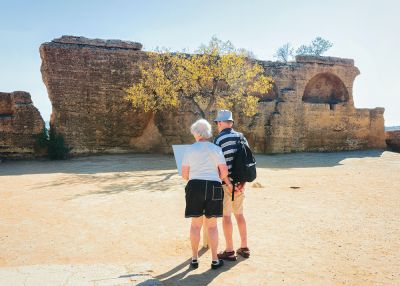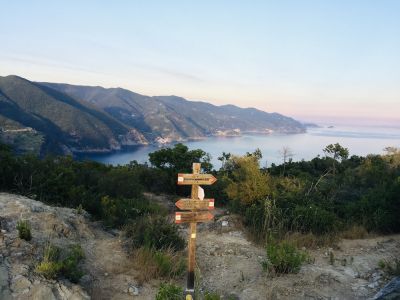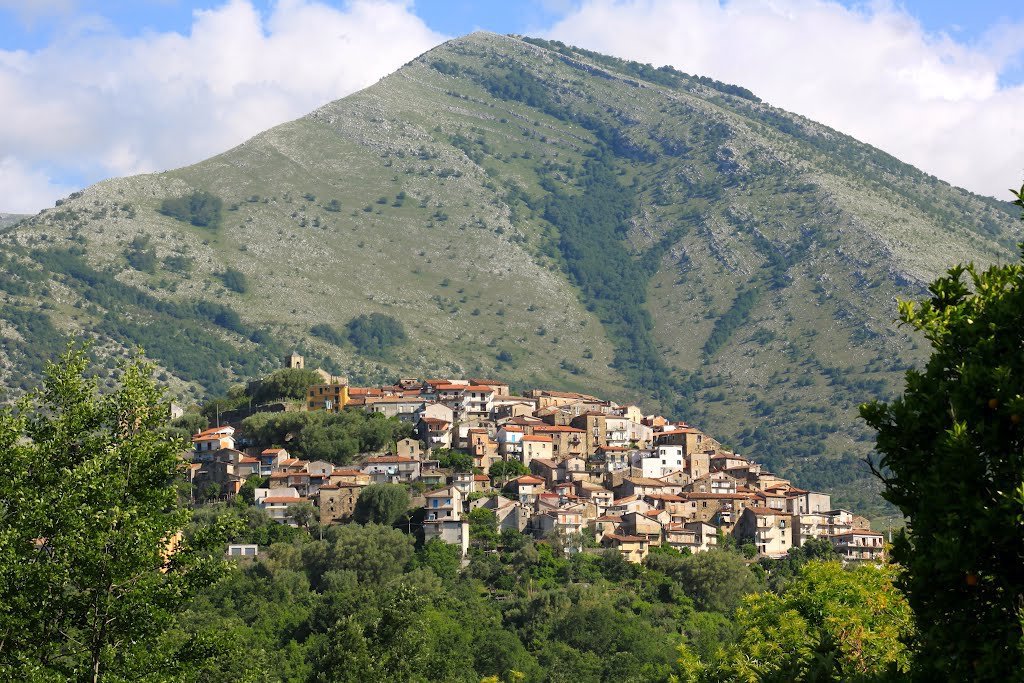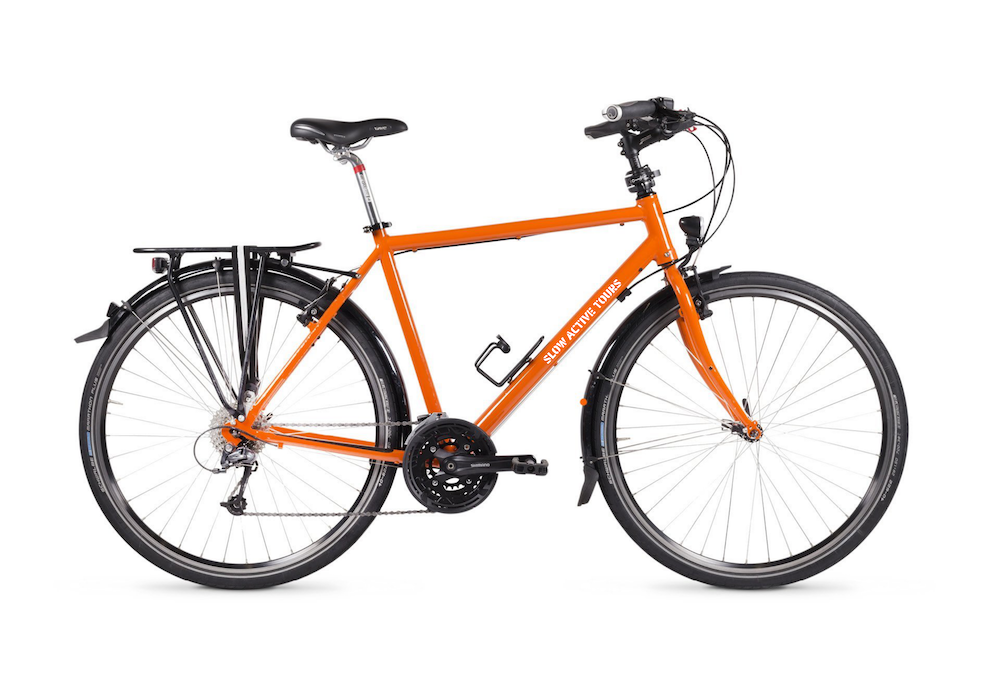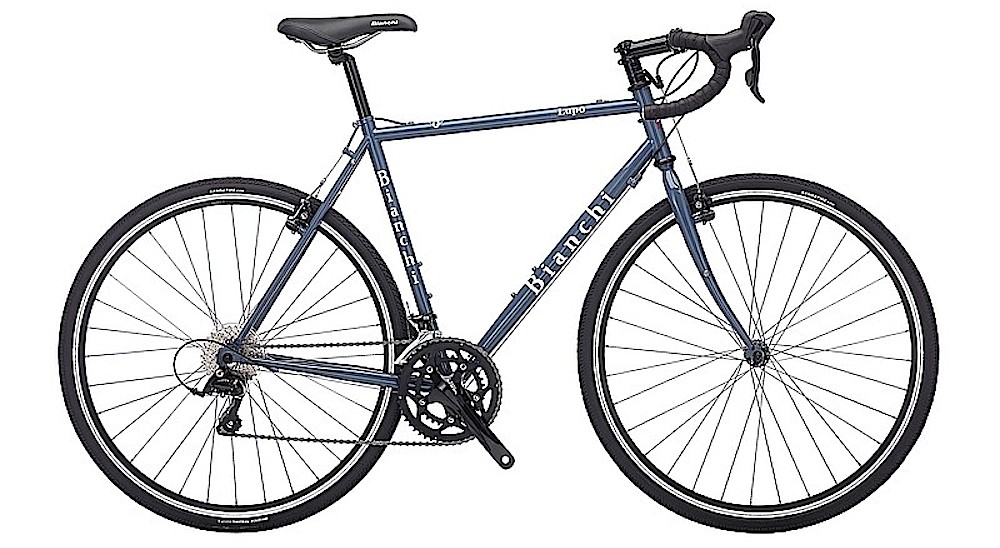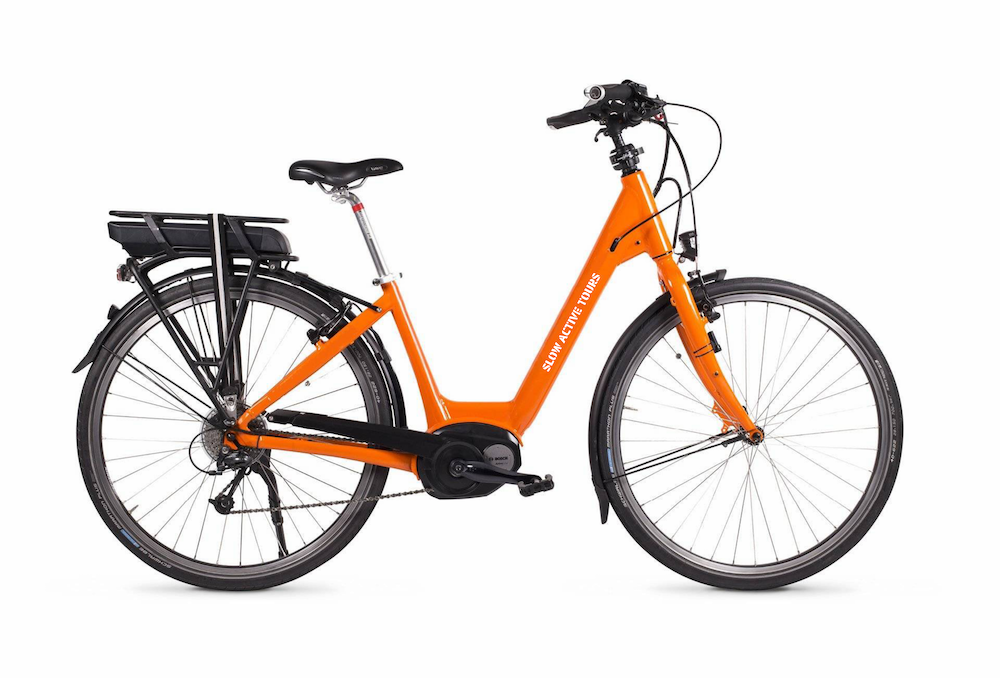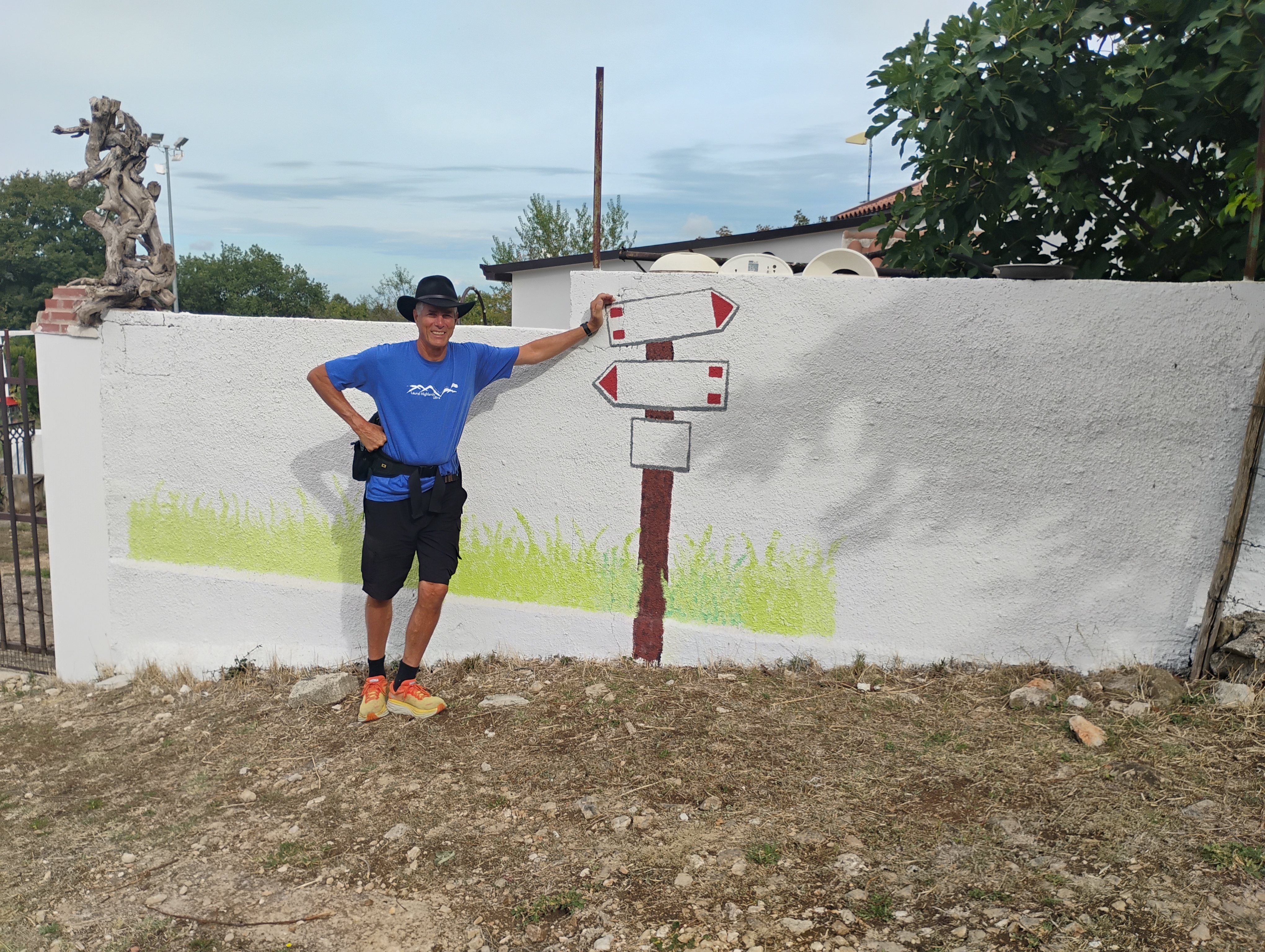The origins of Rofrano are attributed to Crusader nobles who had settled in the area around the town of Piaggine, between the 3rd and 4th centuries.
The village first developed around an Italian-Greek monastery, to then be incorporated into a city wall that opened at three gates: to the east Porta Sant'Antuono, still visible today, to the south Porta Vallone and to the west Porta del Leccio, with three cylindrical towers for their defence and a fourth, square, which watched over the monastery.
In fact, only the remains of the city walls, the cloister and the vegetable gardens remain of the ancient town.
If these places fascinate you, you can meet Rofrano with one of our tours:
⇒Trekking in Cilento: Cammino di San Nilo
What to see in Rofrano
We have prepared a list of things to see in Rofrano, to admire the beauty of this charming little village in peace. Why not decide to spend a carefree day to discover the beauties of this fascinating centre in lower Cilento?
- The Abbey of Santa Maria di Grottaferrata
- Church of San Nicola di Mira
- Archeological Civic Museum
And now let's set off together to discover the most identifying places in Rofrano!

The Abbey of Santa Maria of Grottaferrata
It is a monastery founded by San Nilo in 1004 on the ruins of a large Roman villa, where tradition has it that the Madonna appeared to him. Today it is the seat of the Byzantine Catholic Church in Italy. The Sanctuary, restored in 1910, is a Romanesque construction with Byzantine motifs, composed of three naves divided by eight marble columns.
To the right of the church is the thirteenth-century bell tower. In the middle of the nave you enter the Farnesina chapel dedicated to the founders of the sanctuary: San Nilo and San Bartolomeo. San Nilo was an amanuensis and had created a school of his own, some of his monks were scribes and until the end of the 13th century. They produced liturgical manuscripts, some of which are jealously guarded in the Abbey library.
In fact, since 1931 the Abbey has been home to the "Ancient Book Restoration Laboratory".
Church of San Nicola di Mira
The Church, arranged on three irregular naves, has an apse canonically arranged towards the east. Inside it is possible to admire a niche with a statue dedicated to Saint Nicholas inside, and an extraordinary example of a walnut choir from 1739 with valuable decorations. Finally, the main altar preserves refined seventeenth-century paintings of the Neapolitan school.
Archaeological Civic Museum
The museum preserves archaeological finds from all over the territory and from the most important sites in Southern Italy, as in the case of the Monte Tabor necropolis, in the province of Foggia. You can admire ceramics, arrows, spears, grave goods and amber objects that cover a vast time period ranging from the Neolithic to the Iron Age.
What to do in Rofrano - the Slow Active Tours proposal
Once you have discovered the wonders hidden among the streets of Rofrano, the time has come to get to the heart of the sounds and smells of this ancient village. Due to its position between the coastal centres and the highest peaks of the Cilento National Park, it represents the ideal base for various activities. For this reason we have prepared a list of things to do in Rofrano that you absolutely cannot miss!
-
Forra dell'Emmesi
At the gates of the town of Rofrano there is a natural canyon, the result of the slow and inexorable erosion of the Faraone torrent. An enchanting place inhabited by thick trees that invite you to abandon yourself to the silence of nature, with stops for regenerating baths gently lulled only by the sound of the water slowly flowing over the rocks.
-
Historic Centre
The small historic centre of Rofrano is a lovely mediaeval jewel that has skilfully developed over the centuries on the top of a hill. The ancient village is dominated by an ancient circular tower, which guarded the access to one of the three gates, and by the ruins of the Chapel of Sant'Anna. Its particular conformation made it an impregnable stronghold, also thanks to the presence of a city wall of which Porta Sant'Antuono remains today.
The typical colours of the mediaeval villages here stand out against the background of a rich and generous nature such as the Cilento Park. -
Monte Gelbison Sanctuary
The pilgrimage to the Monte Gelbison Sanctuary is for the people of Cilento like the "nchianata della Santuzza " for the people of Palermo. The route can be done partly by car up to the Cross of Rofrano, where tradition dictates that you must go around the cross three times. From here you continue only on foot towards one of the most iconic and spiritual destinations in the entire territory located at 1705 m.
A tradition that is repeated every year from May to October, in the period of celebration of the Marian rite, when the Sanctuary traditionally opens its doors to the faithful who arrive holding a wax statue of Baby Jesus to venerate the Holy Virgin Mary. -
Cammino di San Nilo
The Cammino di San Nilo is an exciting journey of over 100km divided into 8 stages, which follows the path of the saint of Rossano in the splendid setting of Cilento. Walking immersed in the beauty of timeless landscapes, between the blue of the sea and the green of the mountains, is ideal for lovers of trekking routes in contact with nature.
Popular festivals and celebrations of Rofrano
Various moments dedicated to folklore are well rooted in this idyllic village.
The Fusillo Festival, which takes place during the week of August, is undoubtedly among the most evocative events of the summer. Exquisite menus are offered to visitors who can taste the typical fusilli of Rofrano, together with other first fruits of the local gastronomy.
The San Giovanni Fair then takes place at the end of June, when the streets of the village are crowded with the procession of the statue of the Saint. Between 7 and 9 September a suggestive procession takes place in honour of the Madonna of Grottaferrata. The wooden statue of the Madonna is followed by local women who carry votive candles decorated with multicoloured ribbons on their heads.
The long-awaited Chestnut Festival takes place in early November, a traditional event in which local preparations based on chestnuts are served.
Among these, the Buscinotti desserts stand out, filled with chestnuts and to be eaten in one bite! Everything is enlivened by popular music that resonates through the streets of the historic centre, in an atmosphere with an ancient flavour.
Typical dishes of Rofrano
The small village of Rofrano can be considered in all respects the cradle of the Mediterranean diet. Thanks to a food survey conducted in 1954 by the anthropologist Massimo Cresta on some families living here, it was discovered that the diet based on cereals and vegetables, typical of Mediterranean people, represented a low incidence of intestinal problems.
The local cuisine is undoubtedly characterised by the consumption of genuine foods. The typical dish par excellence is Triiddi, an ancient pasta from peasant cuisine made with chestnut flour, to be seasoned with oil, garlic and bran peppers.
Inevitable on festively laid tables are the Rofranesi Cauzuni, or rather exquisite ricotta ravioli served with an excellent ragù. The characteristic of this ravioli is the abundance of dough that is left around the filling.
Sunday lunch also includes chops with sauce and delicious beef rolls.
Eating and Drinking in Rofrano
Here are some proposals from the area:
Il Convivio Affittacamere in Torno street 16. Family-run, it offers a meal preparation service only to walkers.
Marilyn restaurant, in Roma street 5. Very welcoming location, excellent cuisine, delicious pizzas, excellent service from the staff.
Regina restaurant in A. Cetrangolo street, 19. A pub that also offers a snack bar and pizzeria service.
So what are you waiting for? Get your stuff ready and off you go!




